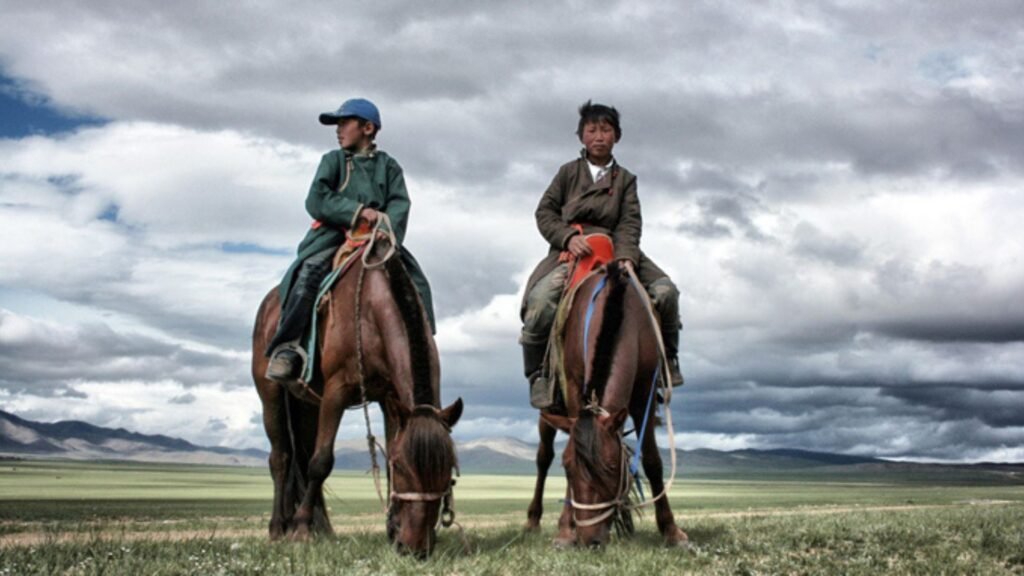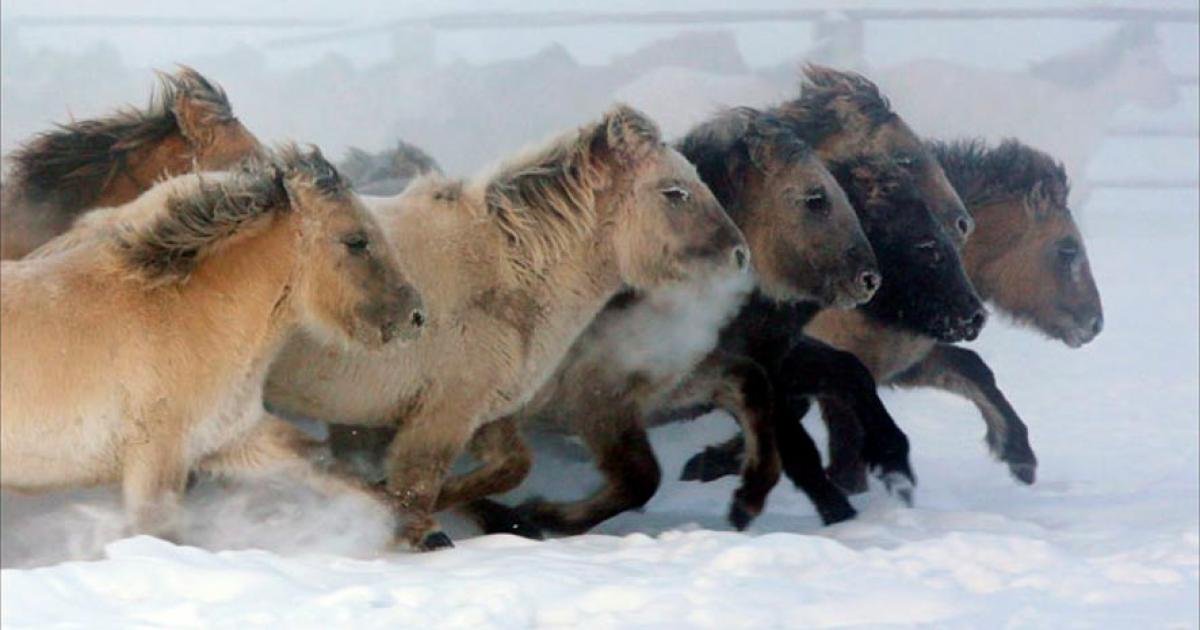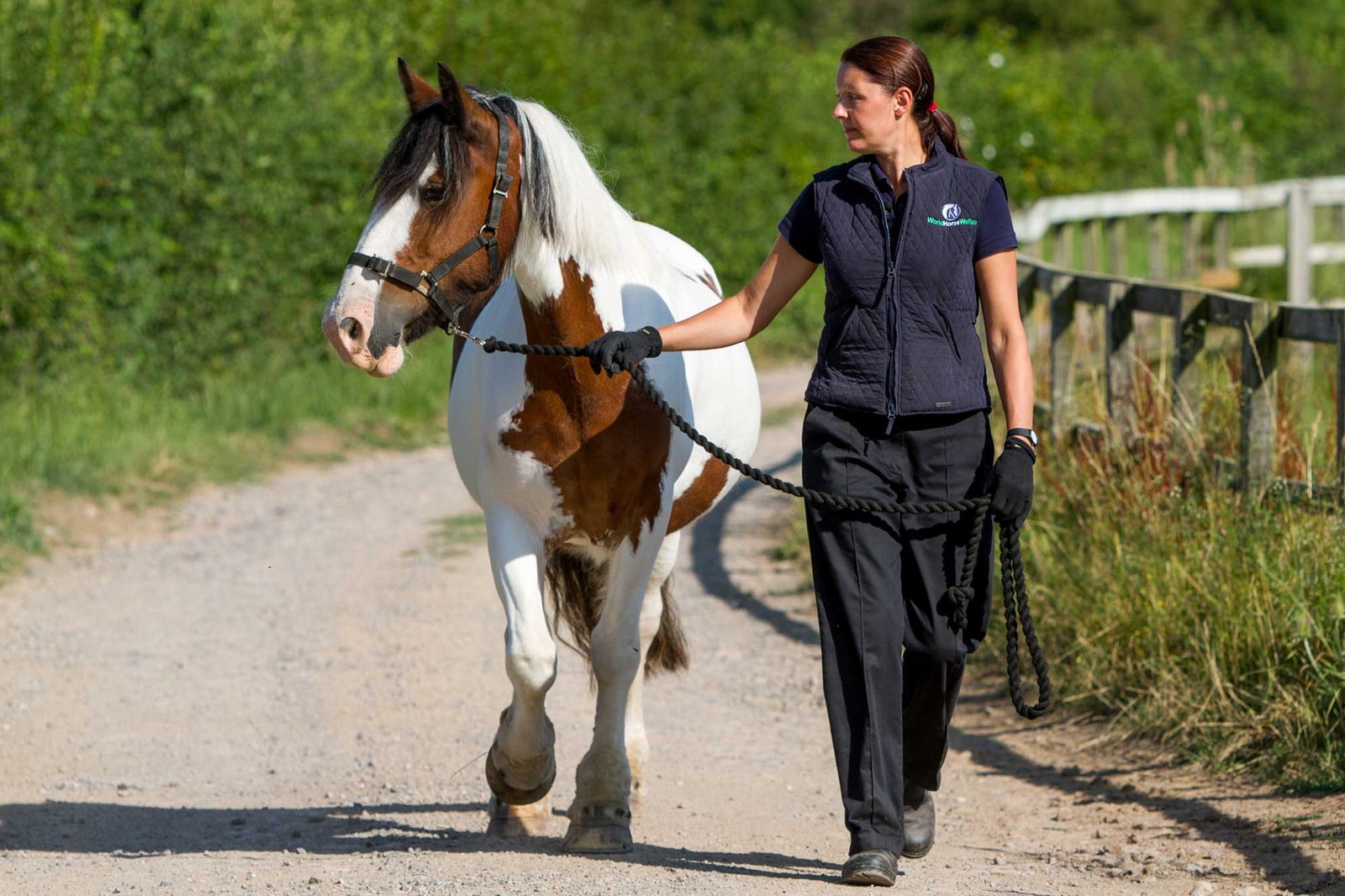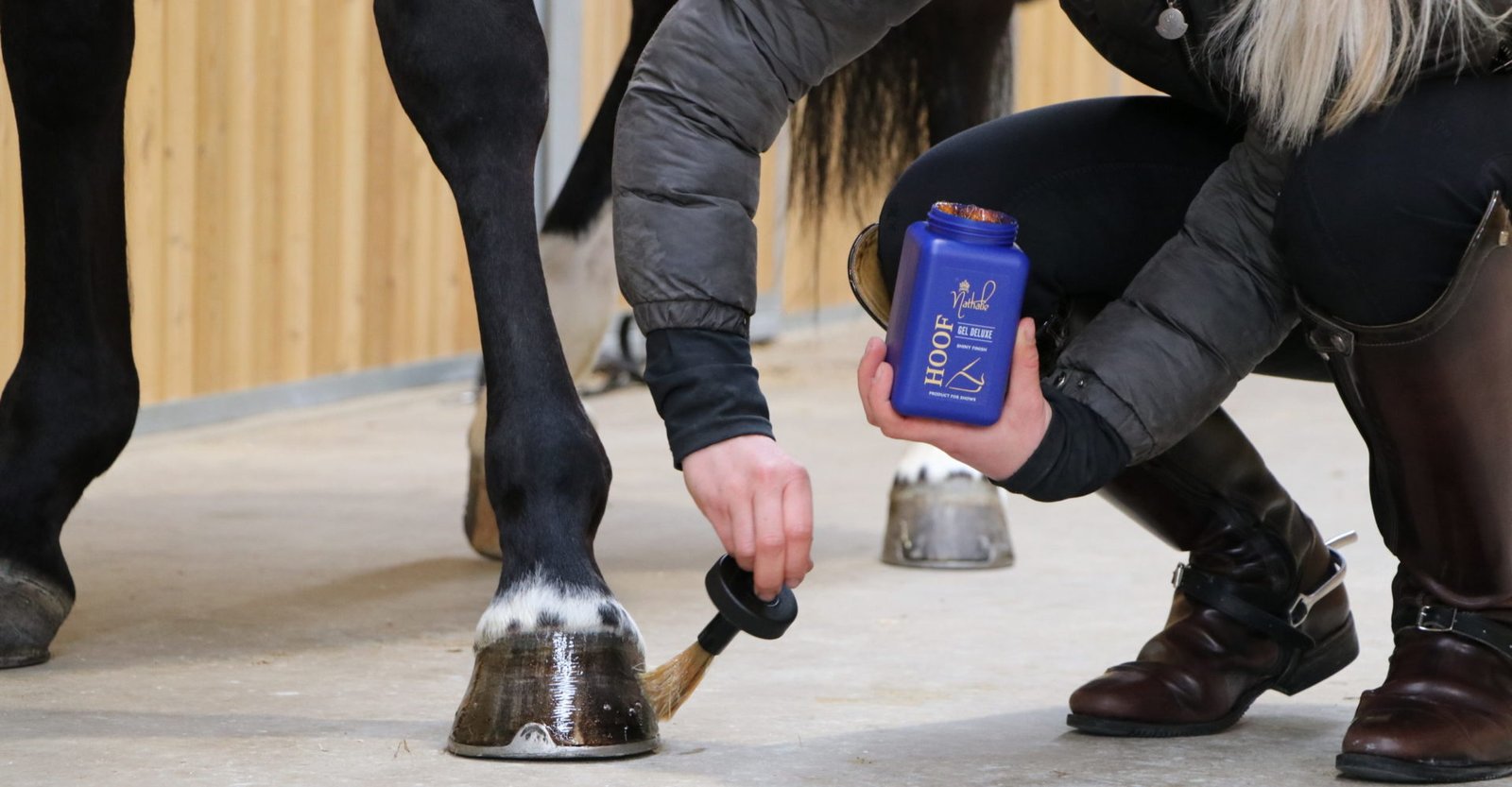Ponies have played a vital role in human culture for centuries. Despite their small stature, they have been invaluable companions, workers, and symbols of heritage in various civilizations. From carrying heavy loads to participating in cultural celebrations, ponies have earned their place in human history as more than just “small horses.” Below is an exploration of the fascinating history of ponies and their enduring influence on human life.

Ponies in Ancient Civilizations
They have been integral to human societies since ancient times, particularly in regions where their smaller size made them more suited to local environments.
- Origins in the Wild: Ponies are believed to have descended from wild equines that adapted to harsh climates. Their smaller stature and hardy build were evolutionary traits that helped them survive in rugged terrains.
- Celtic and Norse Cultures: In ancient Celtic and Norse societies, ponies like the Highland and Icelandic breeds were used for transportation, farming, and even warfare. They were prized for their strength and endurance in challenging climates.
- Mongolian Steppe: The Mongolian ponies, essential to the nomadic lifestyle of the Mongols, played a crucial role in Genghis Khan’s military conquests. Their resilience and ability to traverse long distances were unmatched.
Ponies in the Middle Ages
During the Middle Ages, ponies became vital for agricultural and trade activities.
- Workhorses of the Past: In Europe, breeds like the Exmoor and Dartmoor ponies were used for carrying heavy loads in mines and fields. Their compact size allowed them to navigate narrow pathways and rugged landscapes.
- Transport and Communication: Ponies were used to transport goods across villages and towns. Their reliability made them indispensable for mail delivery and short-distance travel.
- Symbolism in Folklore: Ponies appeared in folklore and mythology during this time, often symbolizing strength, loyalty, and resilience. Stories of magical ponies, like the kelpie in Scottish folklore, remain part of cultural narratives.
Ponies in Colonial Expansion
As European settlers expanded into new territories, ponies accompanied them and became integral to life in the colonies.
- Introduced Breeds: Colonists brought ponies like the Shetland and Welsh breeds to the Americas. These ponies adapted to the new environment and were used for farming and transportation.
- Native Breeds: Indigenous peoples in the Americas also began to domesticate smaller horse breeds, integrating them into their cultural practices.
Ponies in the Industrial Revolution
The Industrial Revolution marked a significant period in the history of ponies as their roles evolved with advancements in technology.
- Pit Ponies: In coal mines, ponies were employed as “pit ponies” to haul heavy carts of coal underground. Their small size and strength made them well-suited for this dangerous work.
- Decline in Usage: As machinery replaced animal labor, the reliance on ponies for industrial tasks began to wane. However, they remained important for rural communities.
Ponies in Modern Times
In modern times, ponies have transitioned from laborers to companions and participants in recreational activities.
- Recreational Riding: Ponies are now widely used for children’s riding lessons, equestrian sports, and leisure activities. Breeds like the Welsh Pony and Pony of the Americas are favorites for young riders.
- Cultural Celebrations: Ponies continue to play roles in traditional festivals and ceremonies. For example, Icelandic ponies are celebrated in Iceland’s cultural events, and Shetland ponies are iconic symbols of Scottish heritage.
- Conservation Efforts: Several breeds, such as the Exmoor and Dartmoor ponies, have been the focus of conservation programs to preserve their genetic diversity and historical significance.
Conclusion
The history of ponies in human culture is one of adaptation, partnership, and enduring significance. From their early days as wild equines to their roles in modern recreation and culture, ponies have proven to be invaluable to humanity. They are not only symbols of resilience but also cherished companions that continue to enrich our lives in countless ways.











